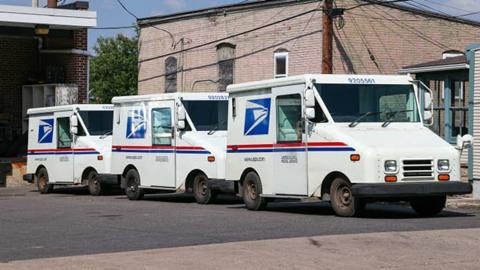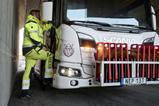The United States Postal Service has announced it is shifting its fleet to battery electric vehicles. The US federal postal giant has announced a re-fleeting plan to replace its “aging delivery fleet of over 220,000 vehicles” with a new fleet of purpose-built Next Generation Delivery Vehicles (NGDV). As part of its 106,000 vehicle purchase plan for deliveries between now and 2028, it aims to buy at least 66,000 battery electric delivery vehicles.
The Postal Service estimates 60,000 NGDVs will be acquired over the next five years, with at least 75% (45,000) being battery electric. From 2026 all NGDVs delivered are expected to be 100% electric. A total of 21,000 more commercial off-the-shelf vehicles are projected to be battery electric as part of this strategy, depending on market availability and operational viability. The Postal Service also plans to include internal combustion vehicles that will be required to satisfy immediate vehicle replacement demands.

To be more responsive to its developing operating plan, technological advancements, and changing market conditions, including the predicted increasing availability of BEV choices in the future, the Postal Service will continue to analyse and acquire vehicles over shorter time periods.
“We have a statutory requirement to deliver mail and packages to 163 million addresses six days per week and to cover our costs in doing so – that is our mission. As I have said in the past, if we can achieve those objectives in a more environmentally responsible way, we will do so.” said Louis DeJoy, Postmaster General.
“The $3 billion provided by Congress has significantly reduced the risk associated with accelerating the implementation of a nationwide infrastructure necessary to electrify our delivery fleet. While most of the electric vehicle funding will continue to come from Postal Service revenues, we are grateful for the confidence that Congress and the Administration have placed in us to build and acquire what has the potential to become the largest electric vehicle fleet in the nation.”


















